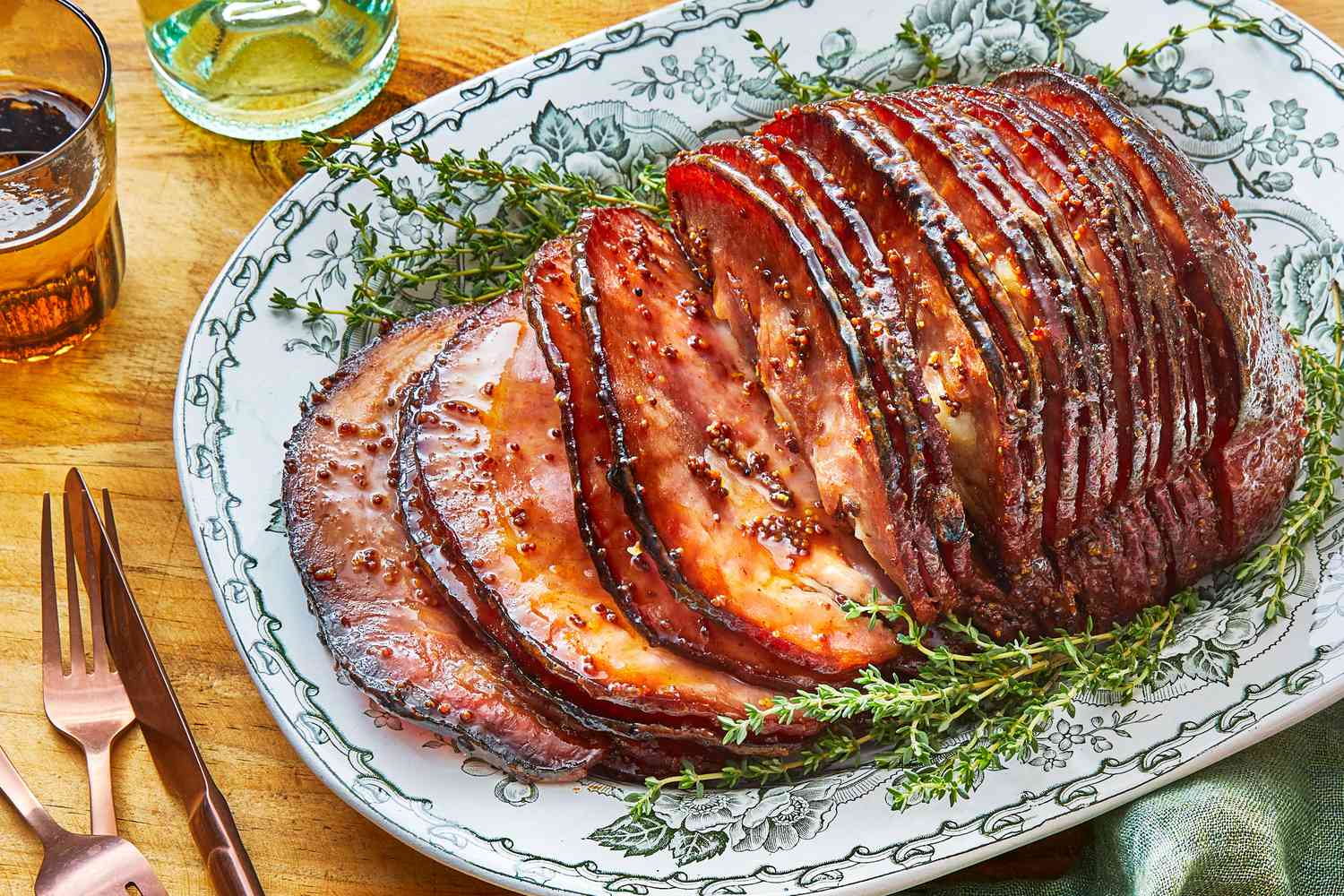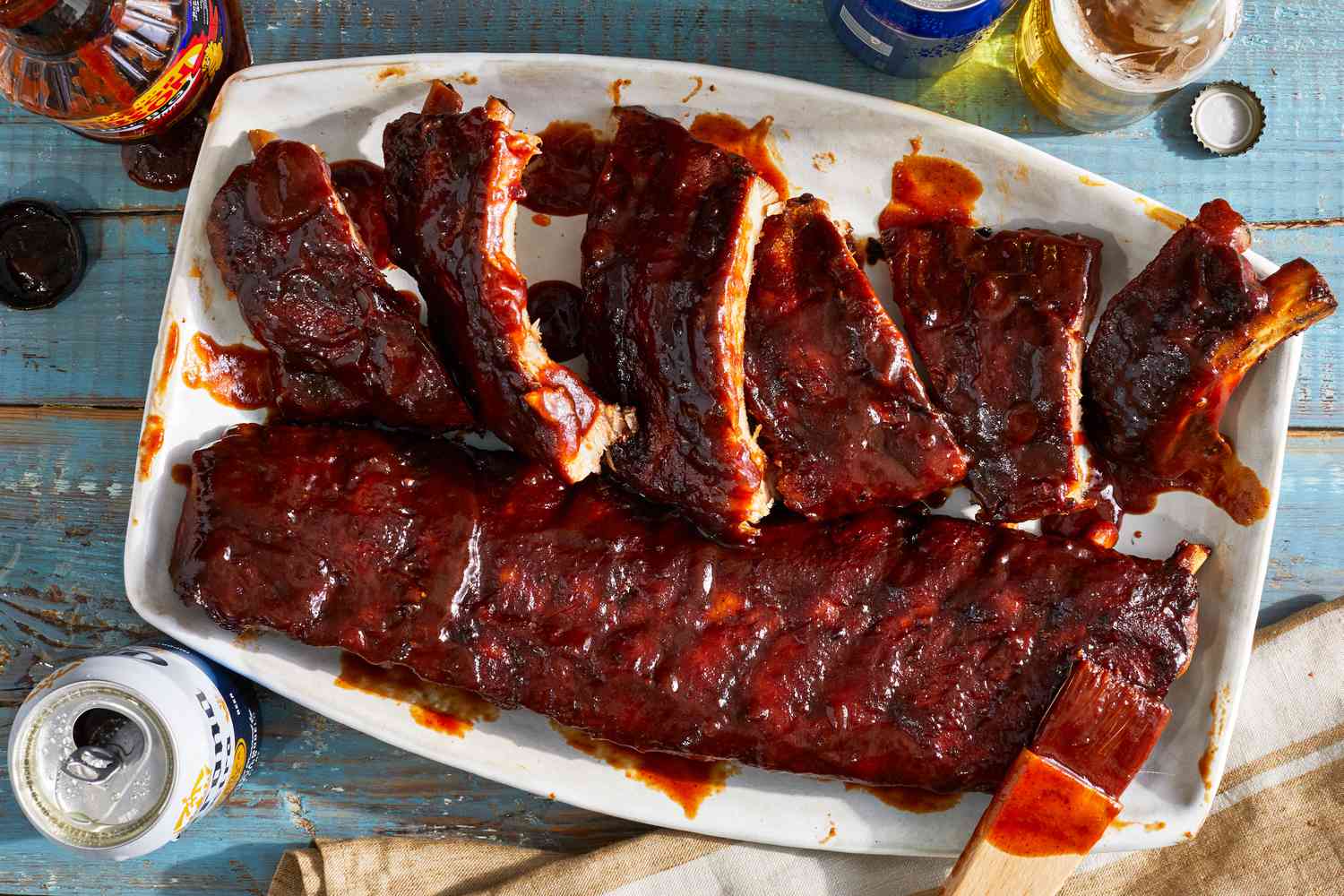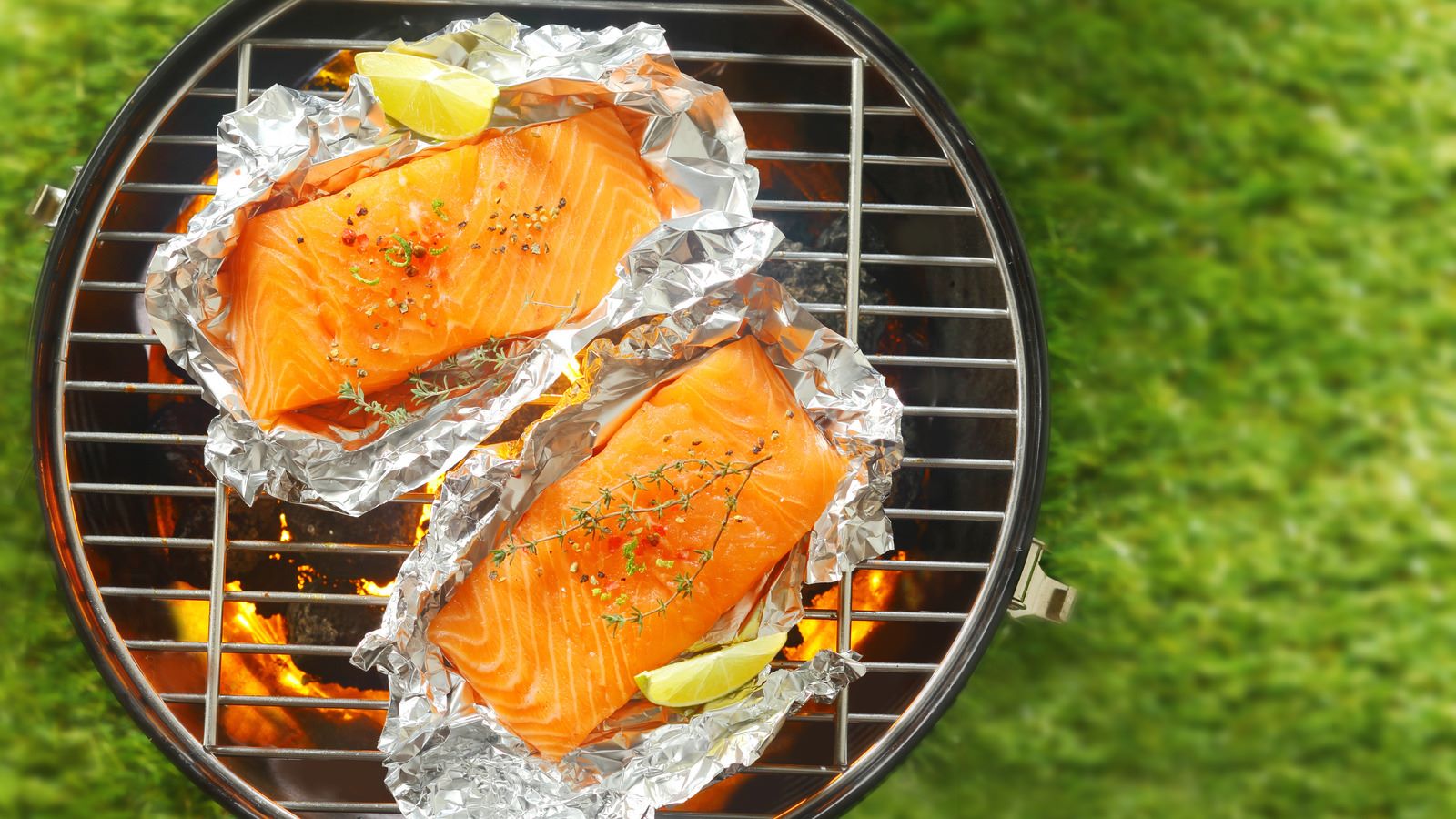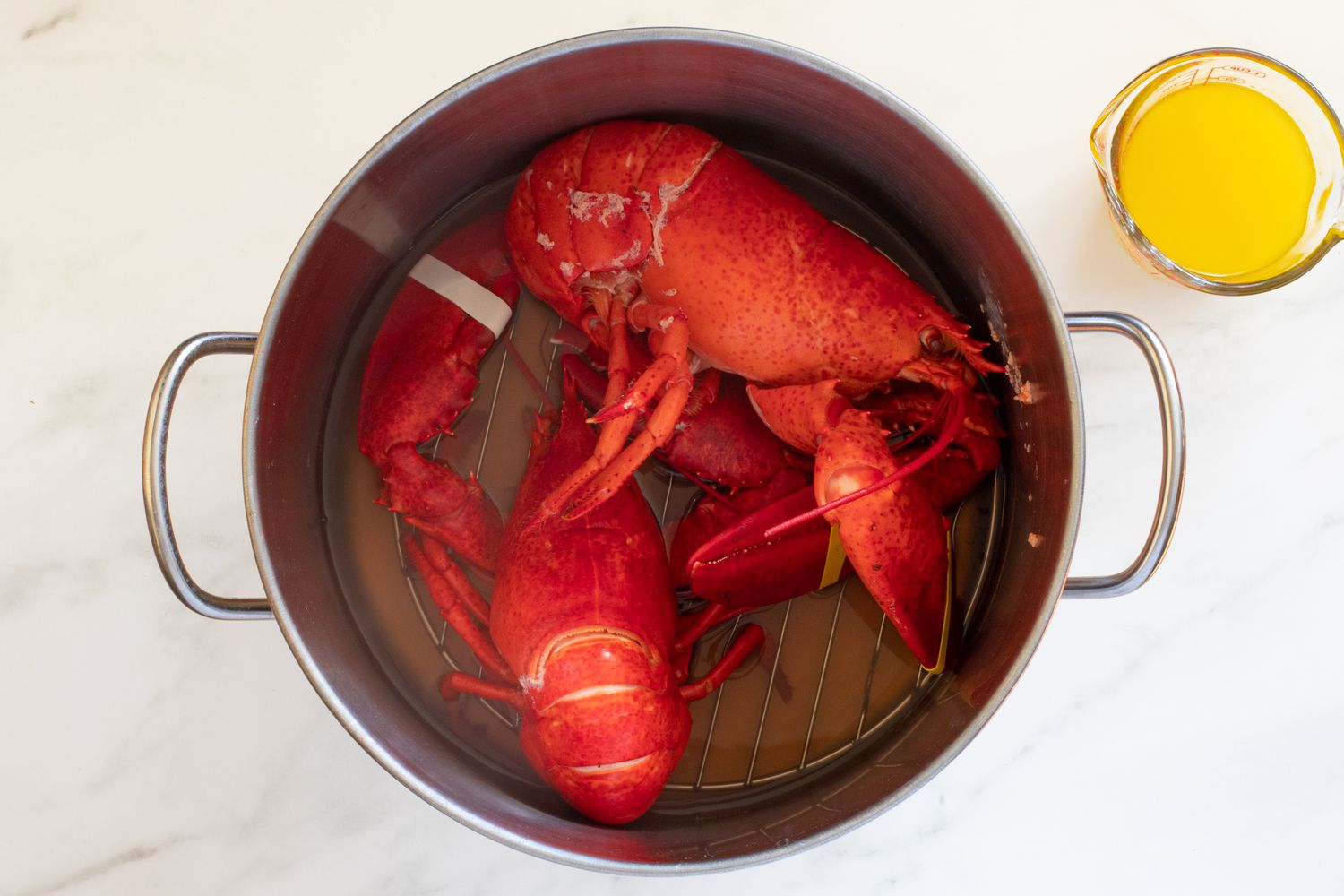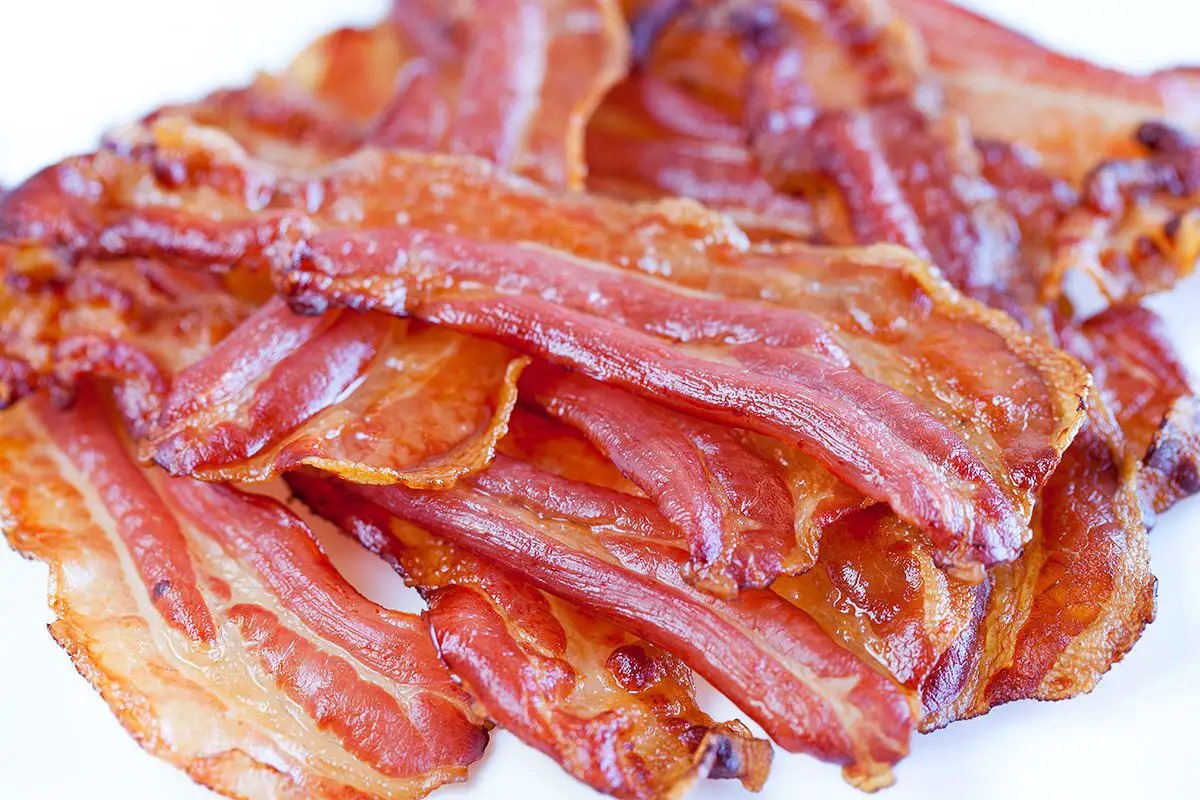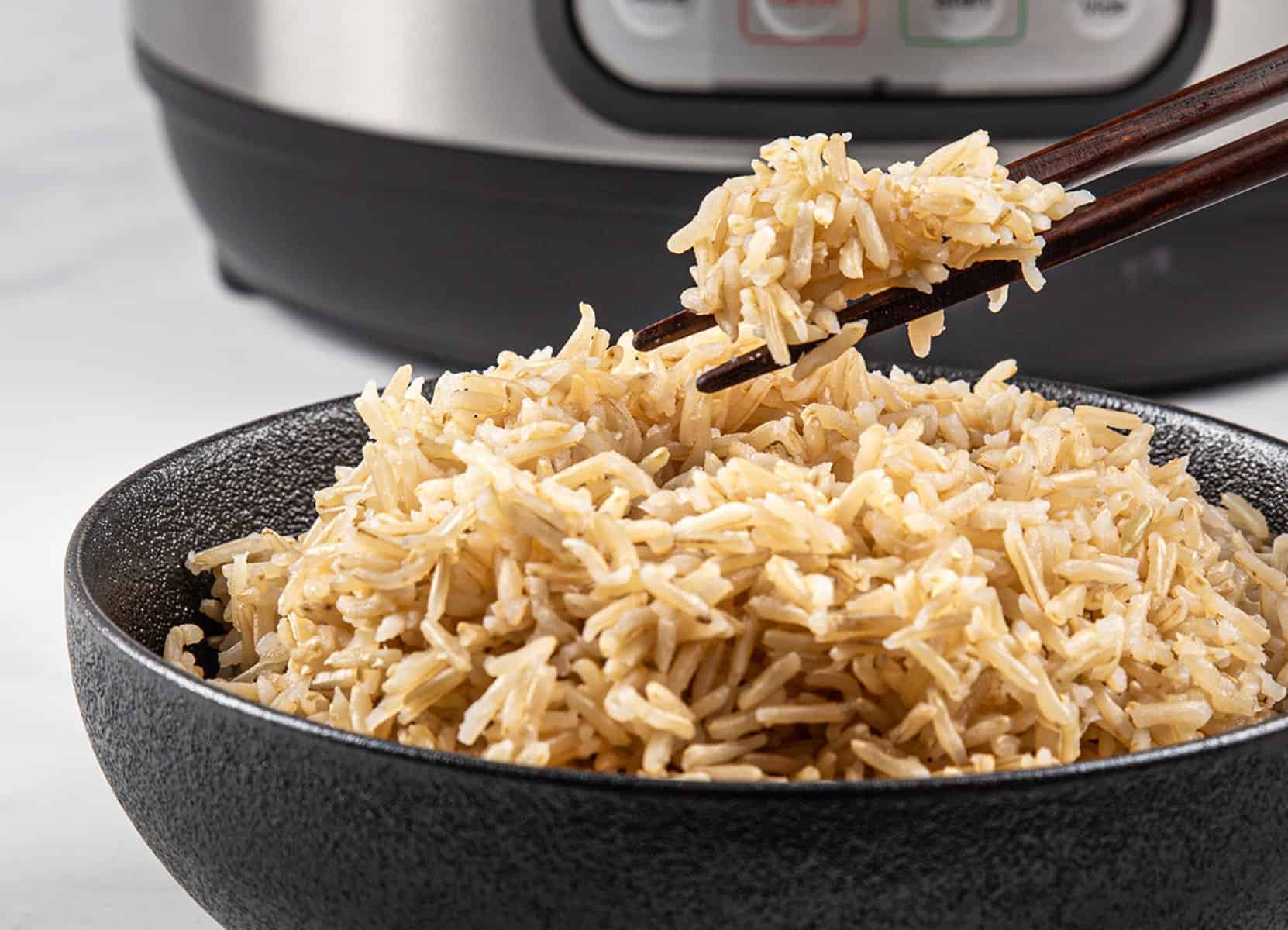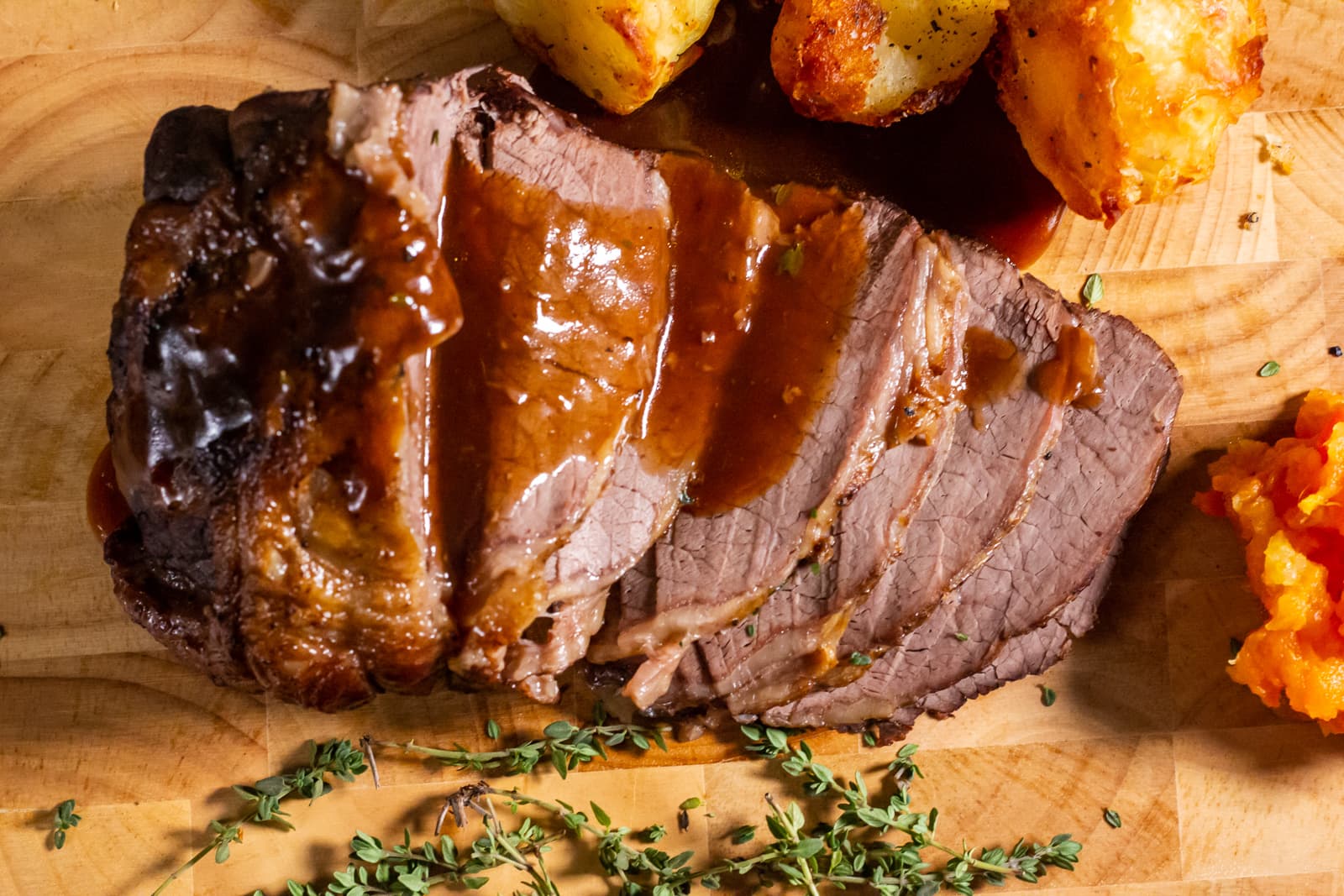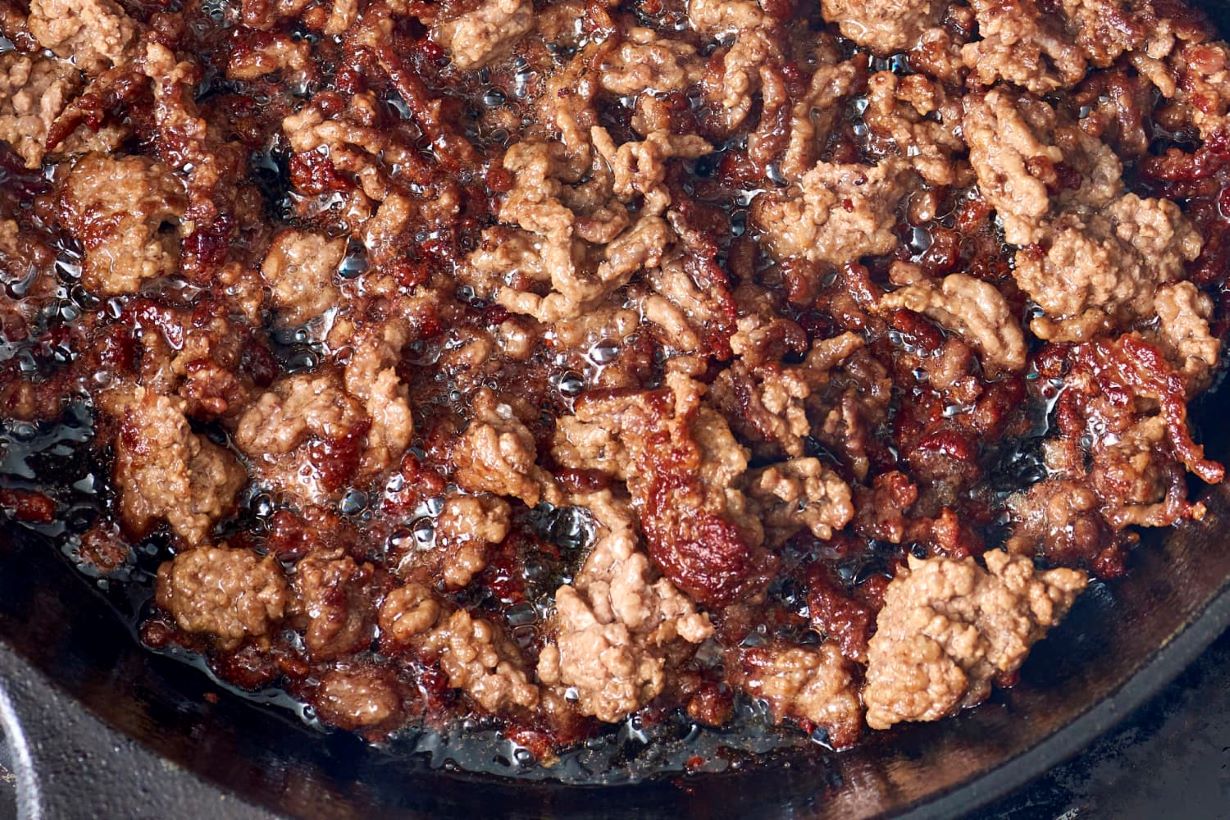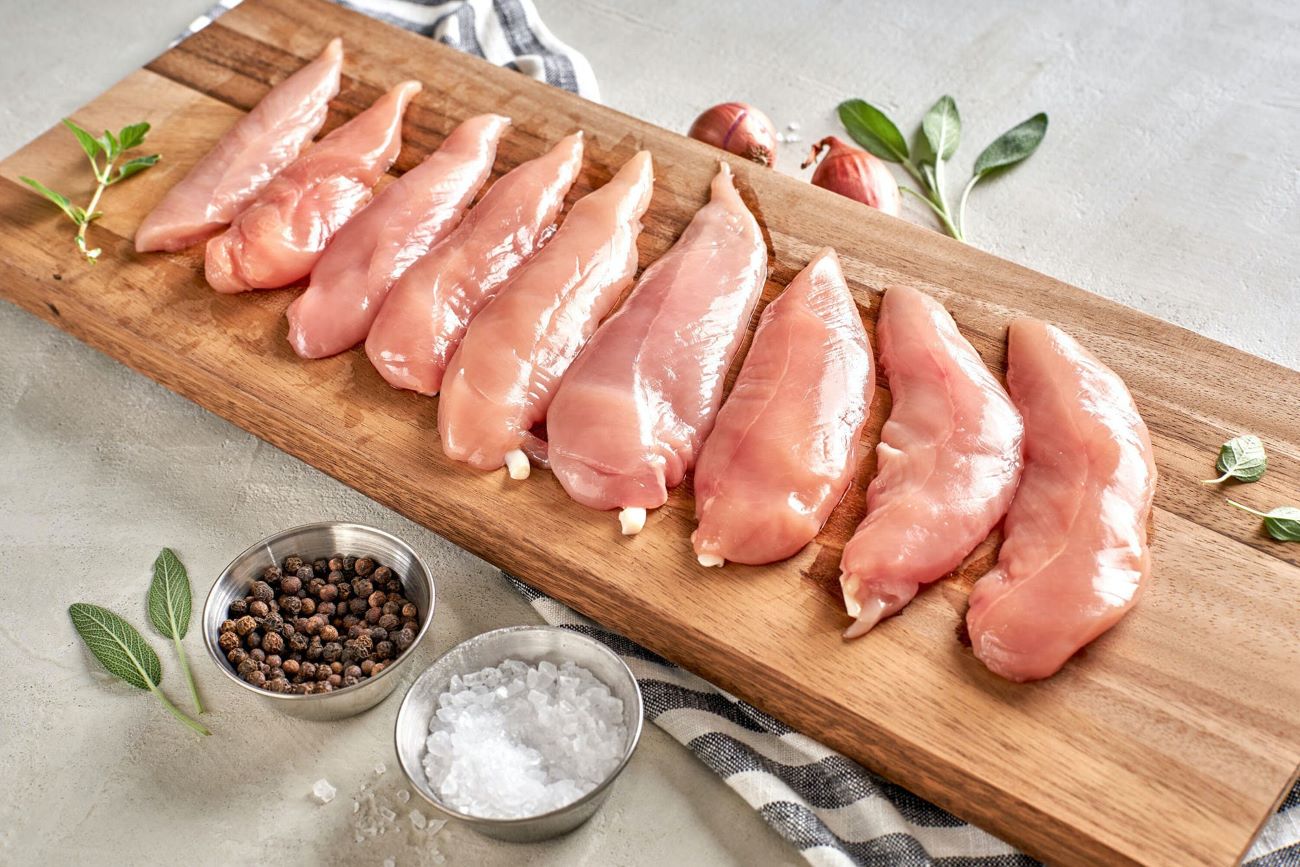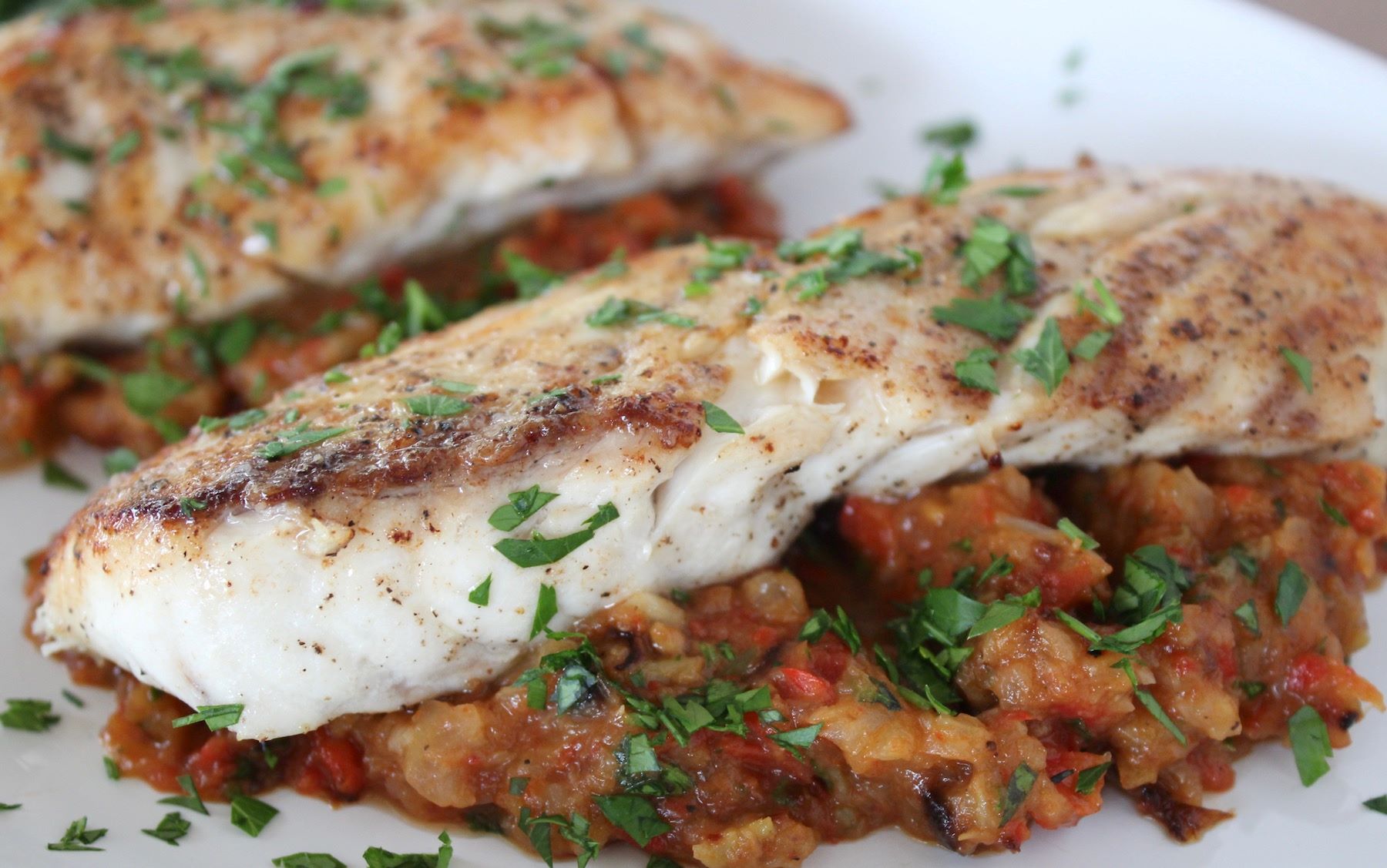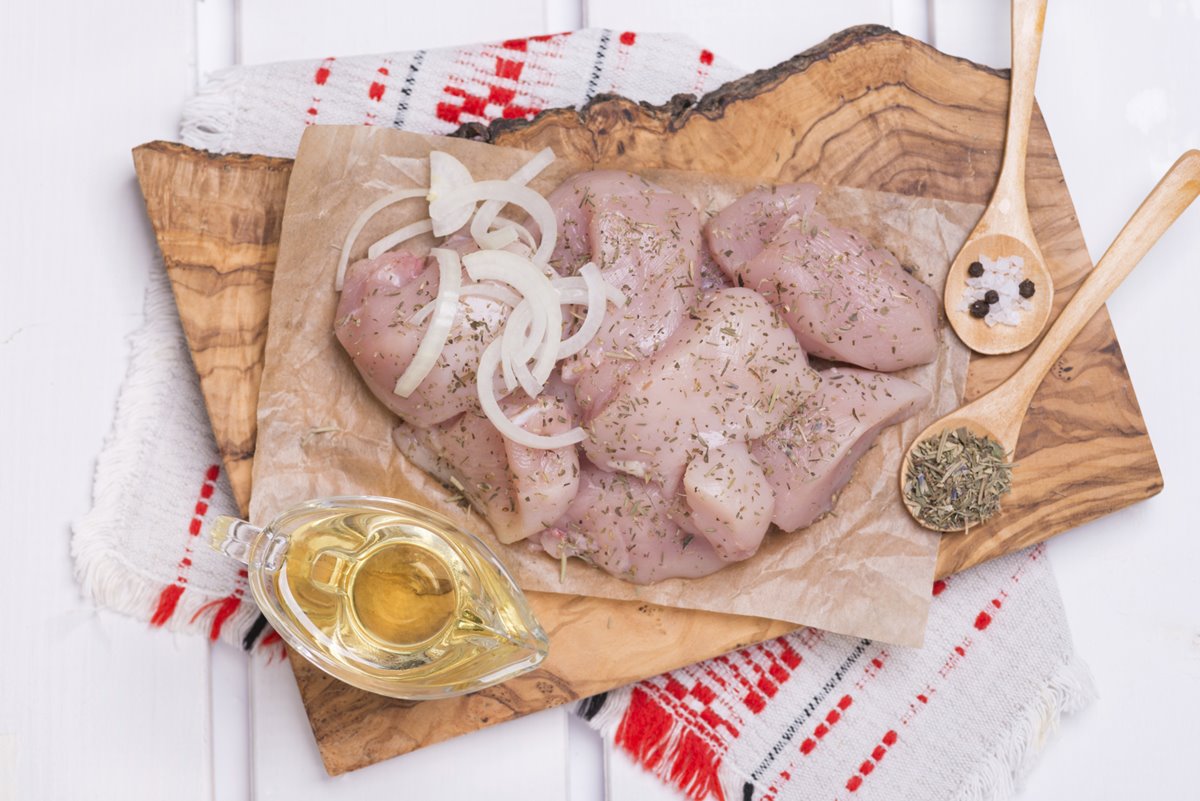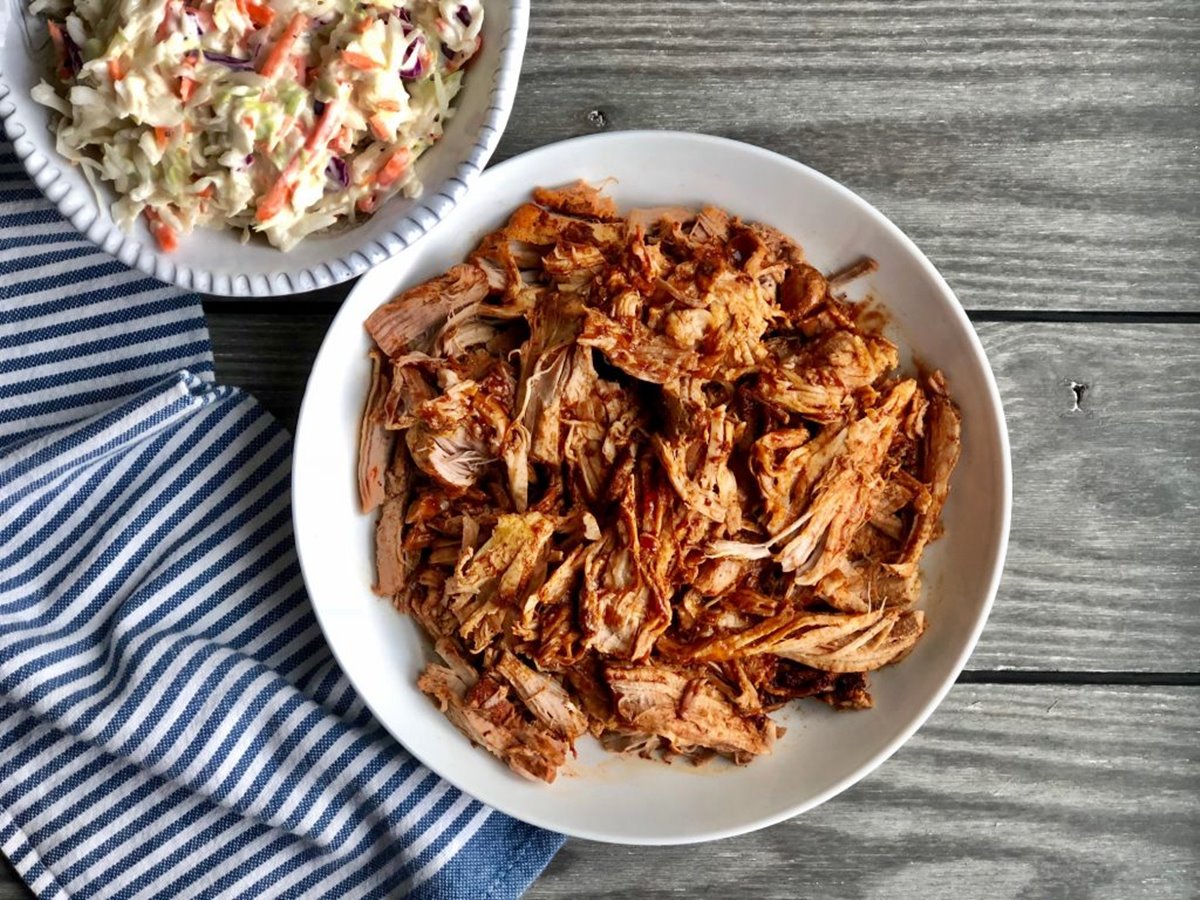Mastering the Art of Cooking Boneless Chicken Breast on the Stove
Are you looking for a quick and delicious way to prepare boneless chicken breast? Look no further! In this guide, we will show you how to cook boneless chicken breast on the stove to perfection. With a few simple steps and a bit of practice, you’ll have a tender and juicy chicken breast that will impress even the most discerning palate.
Before You Begin
Before you dive into preparing your boneless chicken breast, there are a few things you need to do:
- Make sure your chicken breast is properly thawed. It is essential to ensure that your chicken breast is fully defrosted before cooking to ensure even and thorough cooking.
- Trim any excess fat from your chicken breast. This step helps to prevent flare-ups and allows the chicken to cook evenly.
- Season your chicken breast. Choose from a variety of seasonings such as salt, pepper, garlic powder, or a pre-made spice blend. Pat the seasonings onto both sides of the chicken breast for maximum flavor.
Cooking the Chicken
Now that you have prepped your boneless chicken breast, it’s time to cook it on the stove. Follow these steps for a mouthwatering result:
- Heat a skillet or frying pan over medium-high heat. Add a tablespoon of olive oil or butter and let it melt and coat the bottom of the pan.
- Carefully place the seasoned chicken breast into the pan. Cook for about 6-8 minutes on each side or until the internal temperature reaches 165°F (74°C). Turning the chicken only once ensures a beautifully browned exterior.
- For an extra boost of flavor, you can add minced garlic, herbs, or lemon slices to the pan while cooking. This step adds a delightful aroma and enhances the overall taste of the chicken.
Checking for Doneness
To ensure that your boneless chicken breast is cooked perfectly, you can use these methods to check for doneness:
- Touch Method: Press the center of the chicken breast with your finger. If it feels firm and springs back, it is cooked. If it feels soft and spongy, it needs more time.
- Visual Method: Cut into the thickest part of the chicken breast. If the juices run clear and there is no pinkness, it is ready to be served.
- Use a Meat Thermometer: Insert a meat thermometer into the thickest part of the chicken breast. It should read 165°F (74°C) for safe consumption.
Serving Suggestions
Now that your boneless chicken breast is perfectly cooked, it’s time to enjoy the fruits of your labor. Here are a few serving suggestions to complement your delicious creation:
- Slice the cooked chicken breast and serve it on a bed of mixed greens for a refreshing salad.
- Pair it with your favorite steamed vegetables and a side of mashed potatoes for a comforting and complete meal.
- Shred the chicken and use it as a filling for tacos, sandwiches, or wraps for a quick and satisfying lunch.
With this guide, you are well on your way to becoming a master of cooking boneless chicken breast on the stove. The possibilities are endless, so don’t hesitate to experiment with different seasonings and flavors to create your own signature dish. Happy cooking!
For anyone looking to master cooking boneless chicken breast on the stove, there are a variety of recipes to try that will showcase different techniques and flavors. Start with the Classic Lemon Herb Chicken Breast for a straightforward, flavorful dish that highlights the basics. Those with a sweet tooth should definitely try the Honey Mustard Glazed Chicken Breast, while fans of bold flavors will love the Spicy Cajun Chicken Breast. If you prefer an Asian twist, the Teriyaki Chicken Breast is a must-try. For something rich and comforting, the Chicken Breast with Mushroom Sauce will not disappoint. Each of these recipes provides a unique way to cook boneless chicken breast, ensuring that your skills and taste buds are equally satisfied.
Was this page helpful?
Read Next: How To Cook Sliced Pastrami For Sandwich
